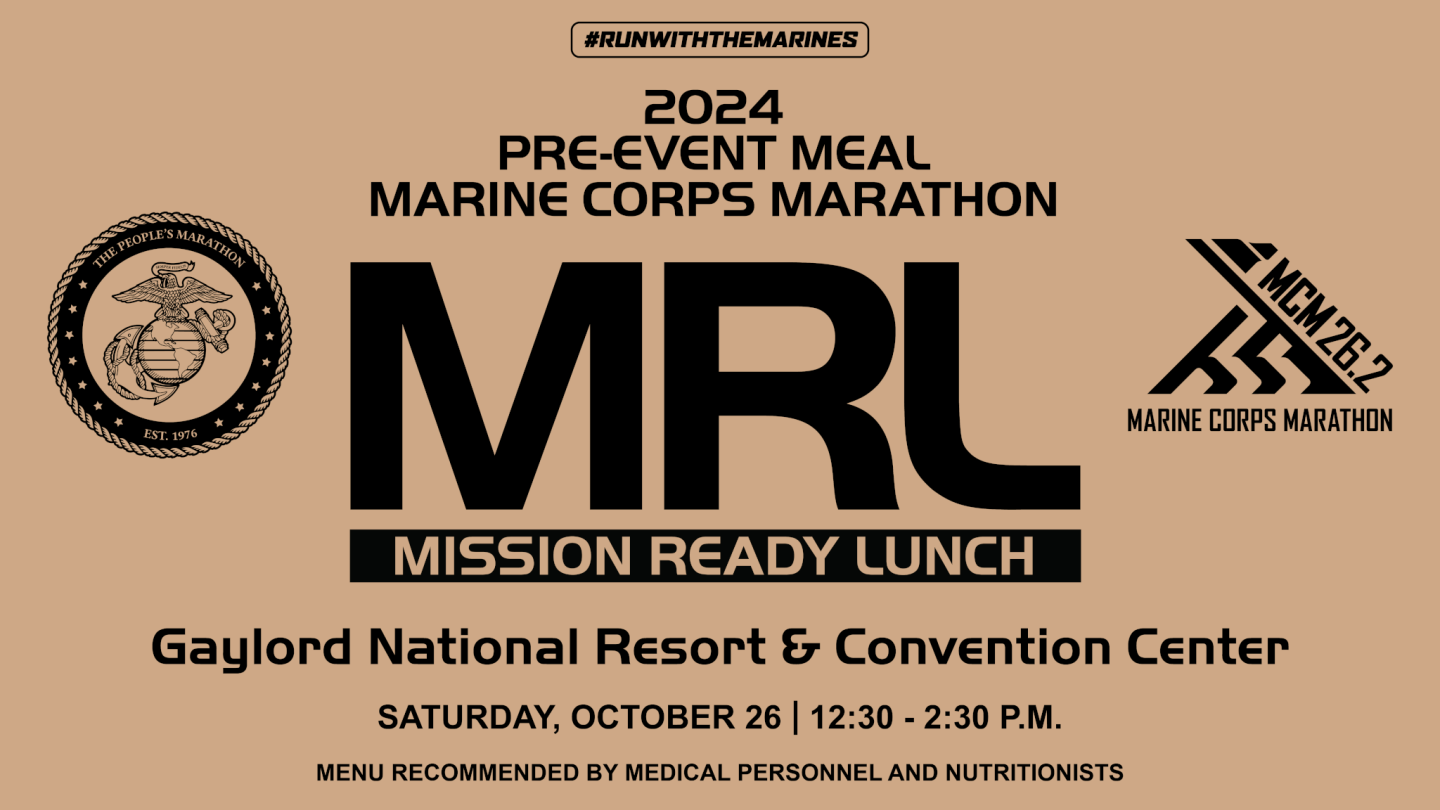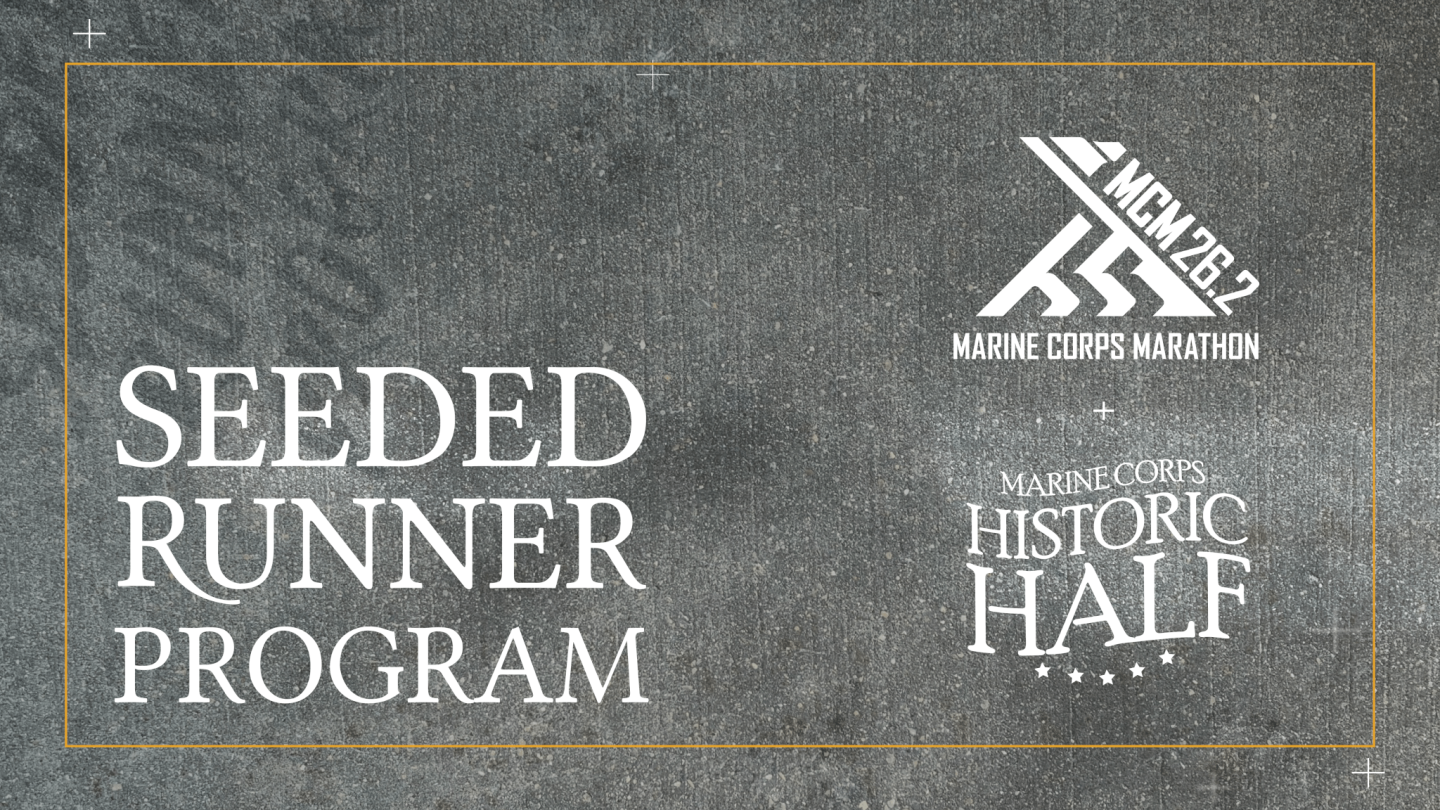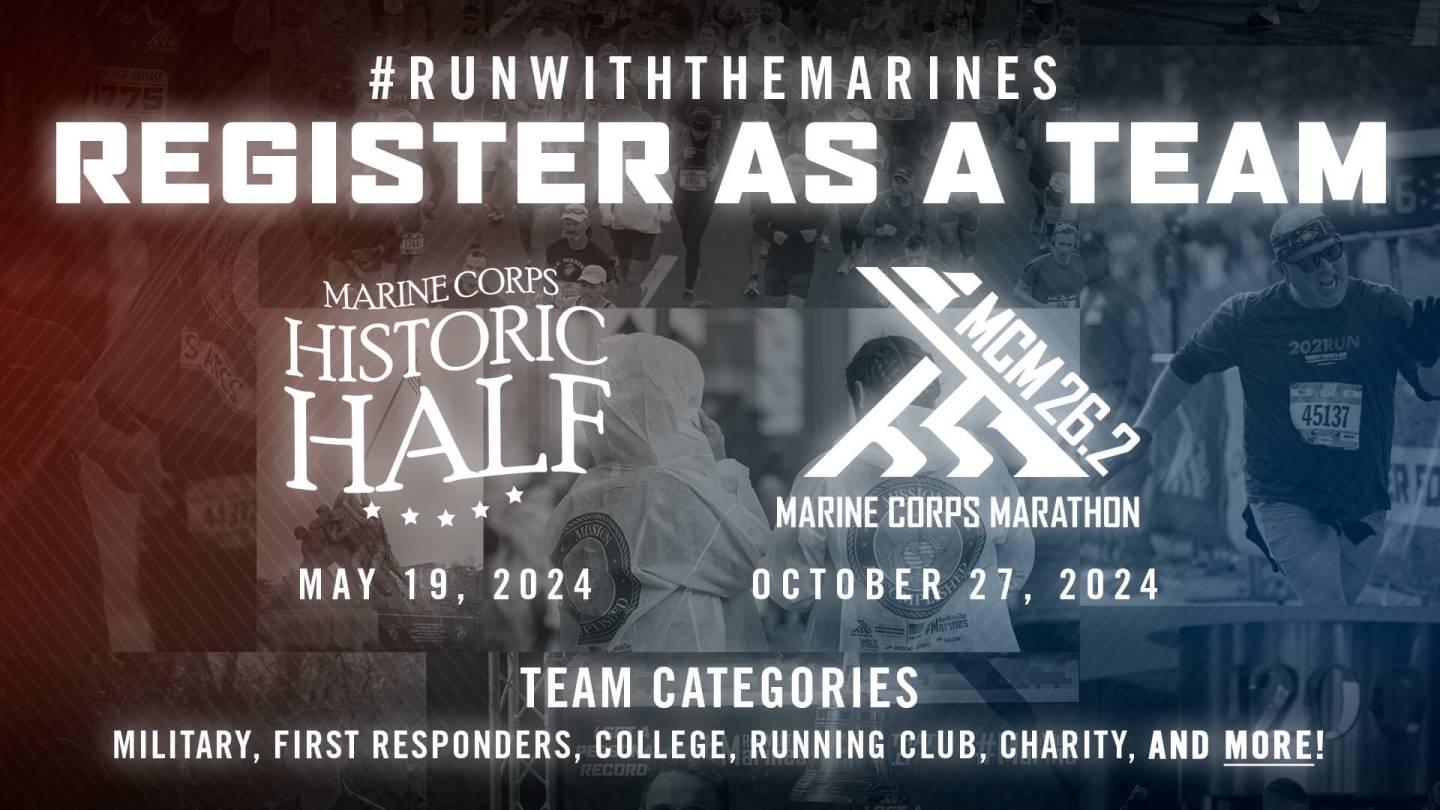Thinking about signing up for the Recon Ruck? If the thought of running through hills, trails and roadways with a weighted pack just like the Marines sounds overwhelming, don’t worry, it’s totally doable!
We reached out to a few of last year’s Recon Ruck top finishers for advice to first-time ruckers. Here’s a few lessons worth sharing:
Set the Foundation with Training
“As with any race, I would advise having a training plan in place that leaves you plenty of time to train and then follow it. It also helps to train with whatever pack you plan to race with so that you get used to where it sits on your body and where it rubs. While 10lbs isn’t a lot of weight, it definitely changes your gait and your pace so be prepared. I know that life happens sometimes and people go into races under-prepared. If this is the case, I would caution the person to have realistic expectations and adjust their pace so that they don’t get injured.” – Laurie Walther
“New ruckers should choose between two goals: to run fast or to run heavy. The Recon Ruck weight requirement is only 10 pounds, so if a participant’s goal is to finish the race as fast as possible, then their pack shouldn’t be any heavier than the minimum. But if the goal is to run with a heavy pack, then I recommend not worrying about the finish time and instead focus on picking a challenging pack weight.” – Nate Wood
“Train with water and a snack especially when it’s hot out. I occasionally added an energy drink during my practice rucks, but ended up drinking only water during the actual event. Do not do anything differently on event day or wear anything you haven’t worn before, especially on your feet.” – Caroline Pepin-Woods
“If a lot of your training is being done on treadmills or stairmasters, remember that while you may get more out of breath running uphill, running downhill is harder on your muscles and it is easy to forget to train to run downhill. If you can’t run downhill for training, maybe add some lunges to your indoor routine.” – Robin Walther
Get the Weight Right
“If you’re a first timer and unsure, stick to the minimum weight requirement for the ruck, and then add your hydration bladder, that way you’ll still meet the requirement at the finish weigh in.” – Michael Kimes
“Loading the pack with weights doesn’t work well because weights are hard and can cause discomfort through the walls of the pack. I recommend bags filled with dirt or sand. They can be stacked in the pack and separated with wadded up towels so as to evenly distribute the load from the top to bottom of the pack.” – Nate Wood
“Weigh your bag after you’re done adding the extras. My pack ended up being 10-15 pounds heavier than I thought after making it the weight I wanted, I had added all my first aid, water and gear.” – Caroline Pepin-Woods
Choose Comfortable Gear
“A good, comfortable ruck for a first timer doesn’t need to be expensive. It just needs to fit well, have thicker shoulder straps, can secure the weight higher and close to your back so it’s not dragging you down after the first miles. The lower the weight hangs, the more effort it requires. It should have a pocket or room for a hydration bladder to allow you to drink easier on the move. Since the course is mixed and some of the trail parts can be muddy if it rains, I would recommend general purpose trail shoes/boots or the like—this gives you the extra traction, as well as the necessary cushioning. Along those lines as well, a good pair of socks is a must, and if it looks like it might be overly wet, a second pair to change into given your personal preference.” – Michael Kimes
“I highly recommend the following: a good pair of trail running shoes to help you run the trail and prevent slipping more than road running shoes; and a pack with soft and comfortable shoulder straps with horizontal chest straps to minimize bouncing. A lightweight pack with built-in hydration system will be ideal if you’re running the course — the fabric used for those tactical hydration packs are too rough and easily dig into your skin through your thin running tops. To prevent getting whiplash marks around your shoulder and armpit after the race, I recommend using a pack made of synthetic fabric, cover the straps with soft fabric, or wear a thicker top with sleeves.” – Yuko Whitestone
“A fair amount of the course is on gravel, so if you have weak ankles, consider wearing something that will support you. I really like over-the-calf socks whether or not you’re wearing boots; I feel like the compression they provide helps with fatigue. I prefer a CamelBak to water bottles because it encourages you to hydrate regularly instead of all at once. My backpack is frameless, but if you want to carry more weight definitely get one with a frame and hip and chest straps. Also, sunscreen is 100% necessary, as well as a hat and sunglasses at certain points. I would recommend bringing a change of clothes and a comfortable pair of shoes for after the event—your feet will swell after you take your hiking shoes off so flip flops or crocs would be good.” – Caroline Pepin-Woods
“A pack with a waist strap will bounce less and also allow you to take weight off your shoulders and put it on your hips for a break, but isn’t totally necessary with light weight. Any pack you use to carry your weight is likely to rub and chafe. You can reduce this by stopping to make adjustments the first several times you wear it during training, but breaking your body into the pack to develop some calluses in the right spots is the only real solution. Wear clothes that protect you from your pack (e.g. smooth synthetic fabric), add vaseline where necessary, but be prepared to suffer a little more than a normal fun run, but that’s the point, right?” – Robin Walther
Registration is still available for the virtual and live Recon Ruck. The live event happens on Marine Corps Base Quantico on August 22.
Related Articles
2024 Mission ready lunch
2024 Mission ready lunch Become Mission Ready for your MCM Weekend event on Saturday, October 26 at 12:30 p.m. hosted at the Gaylord National Resort. Participants and their families are invited to join MCMO for a delicious pre-event meal that will have anyone fueled up for Sunday morning. Previously known as the MCM Dining In, […]
Seeded Runner Program
The Marine Corps Marathon Organization will once again be offering a Seeded Runner option for the Marine Corps Marathon. This year, we are also bringing the option to the Marine Corps Historic Half. As a seeded runner, you will receive access to exclusive baggage with proximity to the start line, dedicated portable toilets, special access […]
2024 Team Competition
Do you have a group of friends, classmates, service members or more that all run? The affiliated-based Teams competition returns to the Marine Corps Historic Half and the 49th Marine Corps Marathon (MCM). Gather your squad and get ready to take on the mission. Here is how it works: Teams are made up of four […]



